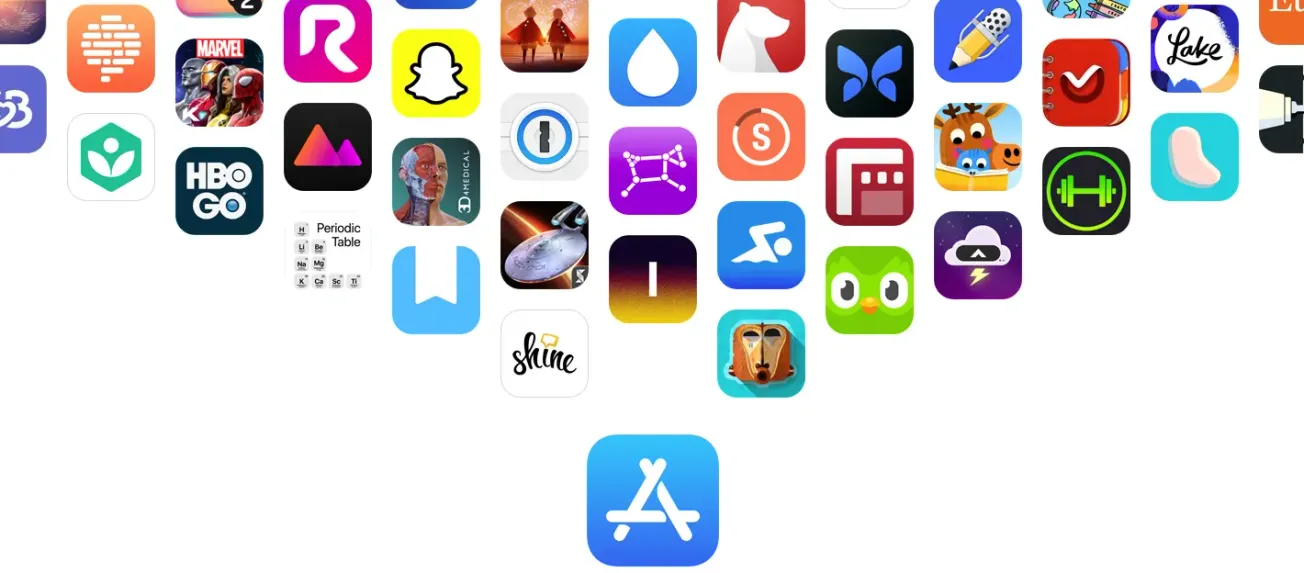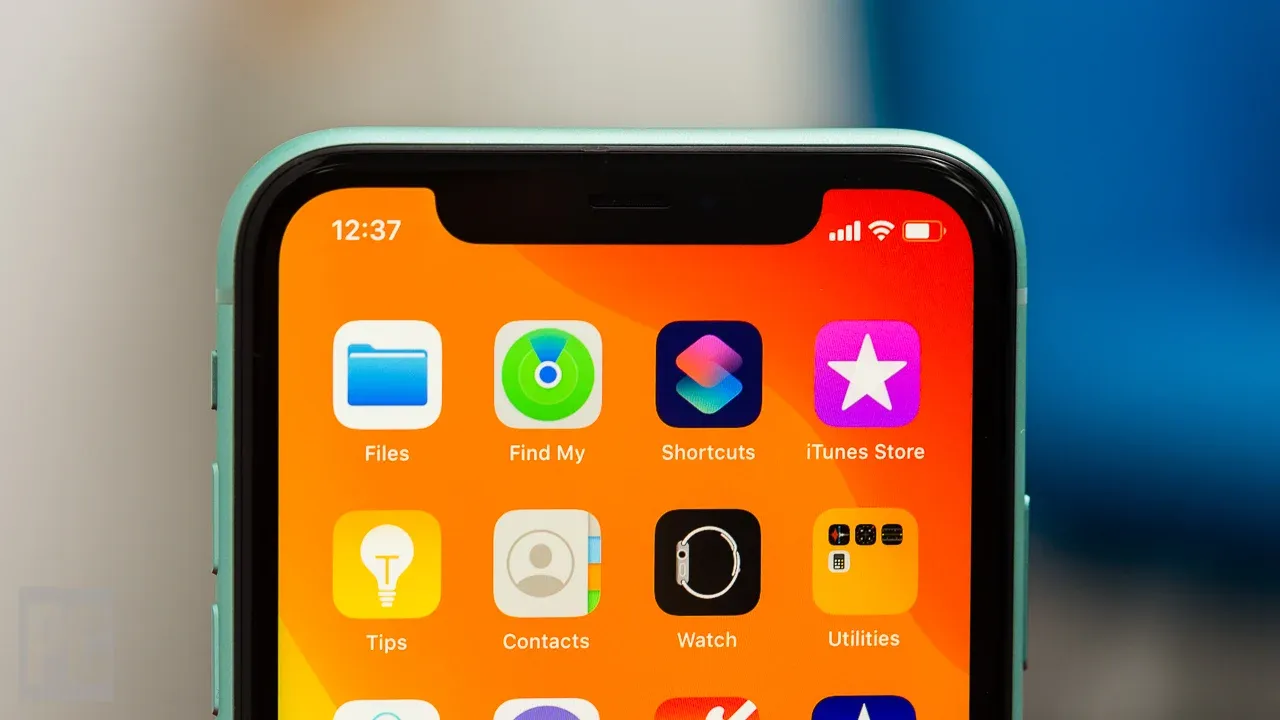I have previously written about the Vision Pro, where I provided a general analysis of the product without delving into the specific features. However, I can now provide an independent review of the features I liked and disliked, although I won't be able to make direct comparisons with any specific competing device.
What I liked about the Vision Pro
The most remarkable aspect of the Vision Pro is undoubtedly its displays. Numerous users have expressed their amazement at the device, noting that the pass-through video quality is incredibly realistic, with no visible pixels. To my knowledge, no other Mixed Reality device has achieved this level of visual fidelity. The Vision Pro appears to excel as a video consumption device, offering an immersive environment for watching movies, TV shows, and live sports. In fact, it could be considered the ultimate television experience that Apple could have created.
Another aspect that I find highly appealing is Apple's implementation of customizable immersiveness in the Vision Pro. This means users have the ability to adjust the level of immersion according to their preferences. Additionally, even when in full immersive mode, if someone approaches or speaks to you, they break into the pass-through video, allowing for interaction with the surrounding environment without the need to remove the headset. This thoughtful design feature enhances the overall user experience and convenience of the device.
Another remarkable aspect of the Vision Pro is the impressive eye tracking and gesture recognition capabilities. Users who have experienced the device have overwhelmingly praised the uncanny accuracy and intuitiveness of these features when interacting with the visionOS interface. It appears that Apple has dedicated a substantial amount of effort to ensure flawless performance in this regard.
Another aspect that I find appealing is the use of a new biometric system called OpticId for authentication in the Vision Pro. This system is based on iris scanning technology, which aligns with Apple's consistent approach of introducing seamless authentication methods like Touch ID and Face ID to their devices. The adoption of OpticId in the Vision Pro further emphasises Apple's commitment to providing convenient and secure authentication options for users.
What I don’t like about the Vision Pro
First and foremost, I must express my personal discomfort with the concept of EyeSight and a Digital Persona. The idea of displaying a simulated version of my eyes to others strikes me as strange and unsettling, despite understanding the underlying intention. While I don't have an alternative solution to address this issue, I must admit that Apple's approach with EyeSight does not resonate with me.
Furthermore, I share the sentiment of dissatisfaction regarding the separation of the battery as an independent entity from the headset, necessitating a wired connection between the two. This solution appears somewhat clumsy and does not align with Apple's usual design principles. Considering the significant investment of time, resources, and innovation in simulating eyes to others, it would have been beneficial if Apple had devoted similar attention to devising a more seamless battery solution. Requiring users to carry the battery separately in a pocket and connect it to the device via a wire is undeniably inconvenient and falls short of expectations.
I am disappointed with Apple's lack of focus on shared usage for the Vision Pro. It appears that VisionOS does not currently support user profiles and is restricted to a single user with, at most, a guest mode. Considering the high price of the device, one would expect Apple to accommodate shared usage. While I understand the challenges posed by custom-made accessories that are not easily shareable, I still believe that Apple could have implemented features to facilitate sharing.
For instance, the device could have been designed from the ground up with sharing in mind, allowing the strap portion (which varies in size for different users) to be easily interchangeable, while the main computer component remained the same. This approach would have been similar to the Apple Watch, where the main watch piece is separate from the interchangeable straps, accommodating different users' preferences. I think Apple should have done a better job at both the hardware and software to make the device more sharing friendly.
It's worth noting that the OpticId feature is well-suited for identifying the wearer and automatically logging them into the device, presenting a missed opportunity to integrate seamless user recognition for shared usage.
I also shared the disappointment when Apple didn't emphasise gaming as much during their presentation. While they mentioned Apple Arcade, there didn't seem to be a strong focus on high-end gaming titles. This might be due to the Vision Pro being designed as a standalone device that doesn't connect to external computing devices. Although the Vision Pro lacks a high-end system-on-a-chip (SOC), Apple could have explored the option of allowing game streaming from nearby Macs, which could have served as a better starting point for gaming on the device. It feels like a missed opportunity considering the remarkable visual fidelity of the device, as Apple doesn't appear to have a significant gaming ambition for the Vision Pro.
After considering the overall presentation, I found myself more impressed by Apple's engineering capabilities than convinced of the compelling reasons for this device to exist and for potential buyers to invest in it. While I acknowledge that the device may still achieve success, I struggled to find sufficient reasons to believe that it will attain the same level of mainstream adoption as the iPhone or AirPods.










